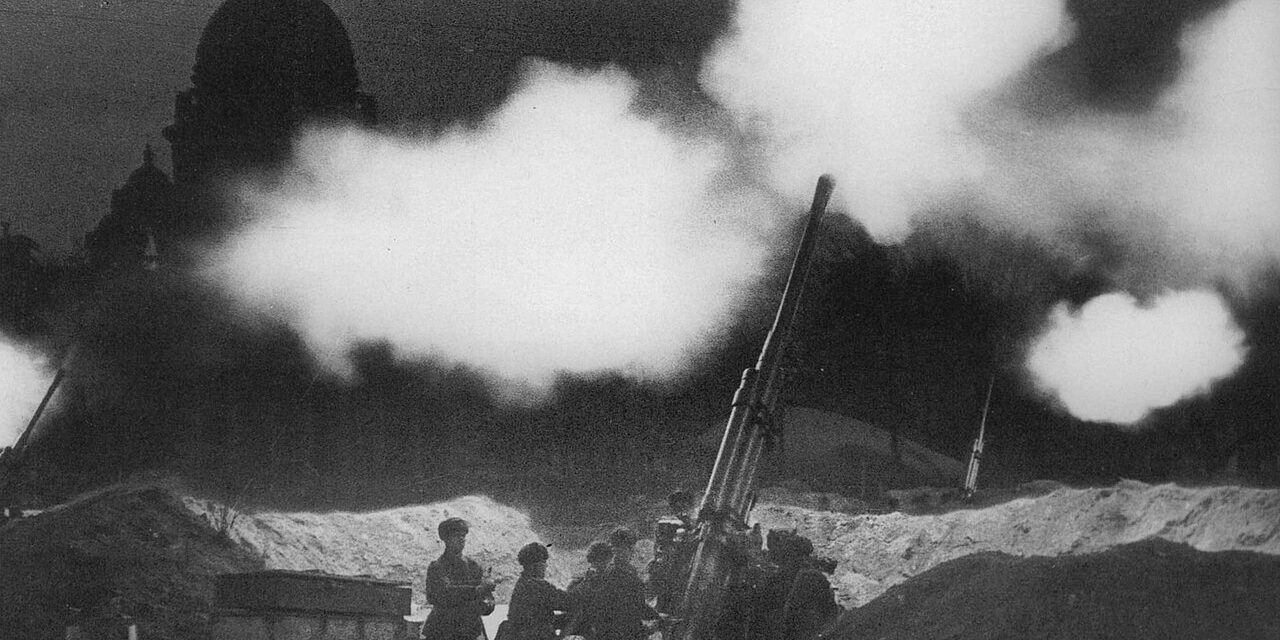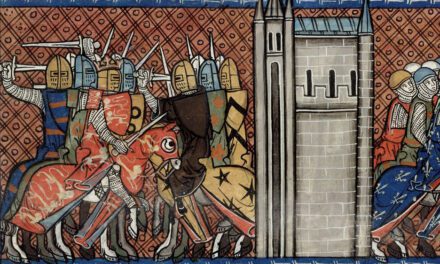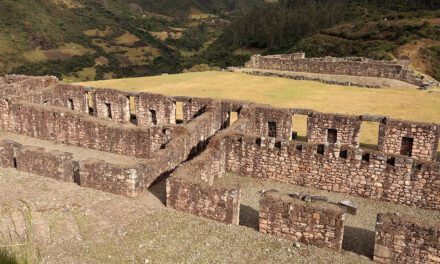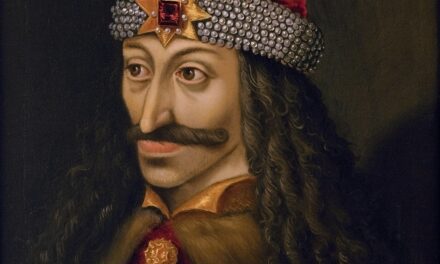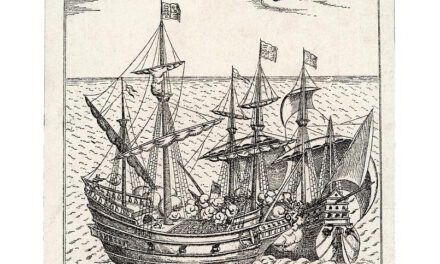History Guild General History Quiz 135
See how your history knowledge stacks up!
Want to know more about any of the questions? Once you’ve finished the quiz click here to learn more.
Have an idea for a question? Suggest it here and we’ll include it in a future quiz!
The stories behind the questions
1. Which Soviet city was besieged by the Germans from September 1941 to January 1944?
Leningrad – One of the longest and most destructive sieges in history, and it was possibly the costliest siege in history due to the number of casualties which were suffered.
2. When was the word ‘Scientist’ first used in English?
1834 – In 1834, Cambridge University historian and philosopher of science William Whewell coined the term “scientist”. Prior to that scientists were called ‘natural philosophers’. The term goes hand in hand with the creation of the profession of scientist as an activity in which someone could be employed. Up to this point most natural philosophers were independently wealthy and there was little opportunity for practising science as a job.
3. Which colonial power ruled Belize from 1836 to 1981?
Britain – Formerly known as British Honduras, Belize gained self government in 1964. When it became independent in 1981 it was the last British colonial possession on mainland South or Central America. Guatemala claimed sovereignty over parts of Belize, and British forces were stationed in Belize until 2011 to guard against possible Guatemalan invasion.
4. Where was the shadoof hand powered irrigation tool invented?
Mesopotamia – Invented around 3000 BCE by the Mesopotamians, this crane like irrigation tool was used extensively in Ancient Egypt, as well as later in China and India.
5. Babur, founder of the Mughal empire, was descended from which prominent earlier conqueror?
Genghis Kahn – Born in 1483 in what is now Uzbekistan Babur was a descendant of Timur and Genghis Khan through his father and mother respectively. In 1526 he defeated the Sultan of Delhi at the First Battle of Panipat in and founded the Mughal Empire. This empire was predominant until 1720, when the Mughal’s were defeated by the Maratha Empire in the Mughal–Maratha Wars.
6. What did the Japanese call their WW2 period empire?
Greater East Asia Co-Prosperity Sphere – First announced in 1940, it aimed to create a self-sufficient bloc of Asian nations that would be led by the Japanese and be free from the rule of Western powers. The majority of the Japanese population saw it as an ideal of pan-Asian freedom and independence from Western colonial rule. In practice, however, it was used by militarists and nationalists to strengthen Japan’s position and advance its dominance within Asia. The brutality of the Japanese military rule led many of the inhabitants the sphere to regard Japan as being worse than their former colonial rulers.
7. The Pax Romana, a 200 year period of relative peace and stability, began around 20 BCE under the rule of which emperor?
Augustus – The first Emperor of the Roman Empire, as distinct from the earlier Roman Republic, Augustus initiated an era of imperial peace, the Pax Romana or Pax Augusta. The Roman world was mostly free from large-scale conflict for more than two centuries. There were, however, wars of imperial expansion on the Empire’s frontiers and a year-long civil war known as the “Year of the Four Emperors” over the imperial succession during this period.
8. Which of these islands was the site of a successful revolution by enslaved people from 1791-1804?
Haiti – The Haitian Revolution was a successful anti-slavery and anti-colonial insurrection that took place in the former French colony of Saint Domingue from 1791 until 1804. Self-liberated slaves destroyed slavery at home, fought to preserve their freedom, and founded the sovereign state of Haiti.
9. A dominant power in Europe from 1254 until 1806, where was the heartland of the Holy Roman Empire?
Austria – Originating in the Coronation of Charlemagne as Emperor of the Romans in 800, the Holy Roman Empire grew to become one of the most powerful states in Europe. The Austrian Habsburgs held the title of Holy Roman Emperor for the vast majority of the time between 1438 and 1806. The Empire was dissolved after their defeat by the French under Napoleon at the Battle of Austerlitz.
10. Which country did the USA defeat to gain California?
Mexico – The U.S. invaded Mexico in 1846 during the Mexican–American War, capturing California. This was ceded to the USA under the 1848 Treaty of Guadalupe Hidalgo.

